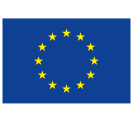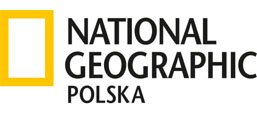Ottomania. The Ottoman Orient in Renaissance Art
26.06-27.09.2015
Dürer, Memling, Bellini, Tintoretto, Veronese. Works of these outstanding artists, who enjoyed great popularity with the audience, can be admired in Krakow until 27 September 2015 thanks to a unique exhibition titled Ottomania. The Ottoman Orient in the Art of Renaissance, prepared by the National Museum in Krakow in collaboration with Palais des Beaux-Arts (BOZAR) in Brussels. The exhibition is part of a large international project titled “Ottomans & Europeans: Reflecting on five centuries of cultural relations”.
At the beginning of the 14th century, a new state emerged in the Anatolian peninsula and as a result of numerous territorial conquests developed into a leading Islamic power, named the Ottoman Empire after its ruling dynasty. Sultan Mehmed II's entry to Constantinople in 1453 constituted a moment of particular importance. Not only did this event bring an end to the existence of the Byzantine Empire, but it also marked the beginning of a new era in the history of the world.
Meanwhile, Italy experienced a revival of science and art, while the nascent humanist thought was accompanied by a renewed interest in antiquity. This period, later called Renaissance in Europe, which abounded in new scientific achievements and great geographical discoveries, was also marked by lengthy wars and the fear of an unknown enemy, whose troops occupied increasingly vast areas of south-eastern Europe.
The theme of the exhibition titled Ottomania. The Ottoman Orient in Renaissance Art is the confrontation of two flourishing worlds: the Muslim East and the Christian Europe, seen through the eyes of the Renaissance masters, whose timeless works reflect this fascinating encounter of two different but intersecting cultures.
Through works by artists such as Gentile Bellini, Hans Memling, Jacopo Tintoretto, Paolo Veronese or Albrecht Dürer, the exhibition demonstrates how a period marked by fear of war and foreign invaders gave birth to fascination and passion for art and culture of the opponent – on both sides of the conflict. This ambivalent attitude was particularly strongly emphasized in the art of Italy, the Holy German Empire, the Netherlands, Poland and Hungary – and it is this art that constitutes the subject of the exhibition.
The term “Ottomania” is the keyword to understanding the phenomenon of the relationship between Europe and Turkey in the 16th century. Adding the Greek word “mania”, with both its positive and negative present connotations, to the old Polish term meaning “Ottoman Empire”, reflects the complexity of feelings that accompanied the confrontation of the Europeans with a foreign, oriental civilization.
The exhibition spans the years from the siege of Constantinople in 1453 to the early years of the 17th century, which witnessed the peace treaty – ending a long period of wars – concluded by the Habsburgs and the Ottomans in 1606 in Zsitvatorok, and the outbreak of the Polish-Turkish War in 1620, which, in turn, ended a long and fruitful period of peace between the two neighboring countries.
In the past few decades, the exhibitions held worldwide to present the contacts between the East and the West focused primarily on the role of political and artistic centres such as Venice, Florence or the Holy Roman Empire. Central Europe did not play a major role in these displays, even though its exchange with the East was equally intensive. On the other hand, exhibitions in Poland centred primarily on the period of wars in the 17th century, which ended in the relief of Vienna under the command of John III Sobieski in 1683. Meanwhile, it was the cultural contacts of the Republic of Poland in the 16th century with the neighbouring Ottoman Turkey that shaped the unique Polish character and culture, later referred to as “Sarmatian”.
The Ottomania exhibition provides a unique opportunity to see over 150 works from major private and museum collections in the world, most of which will be presented in our country for the first time. It is not without reason that the exhibition is held in Krakow, the former capital of the Polish Kingdom, which played an important role both in the politics of the Central European powers of the 16th century, and in the broadly defined cultural exchange between the East and the West.
Under the High Patronage of President of the Republic of Poland Bronisław Komorowski and Their Majesties the King and Queen of Belgium.
Curator: Michał Dziewulski
Coordinators: Aleksandra Kłaput, Lidia Kozieł-Siudut, Beata Foremna
Arrangement: Anna Wisz
Design: Karolina Grzywnowicz, Jakub Rudziński
Ottomania. The Ottoman Orient, Palais des Beaux-Arts, BOZAR, Dürer, Memling, Titian, Tintoretto, Veronese
Main Sponsor of the National Museum in Krakow
Organizers
Part of the project “Ottomans&Europeans, reflecting on 500 years of cultural relations"
With the support of the Cultural Program of the European Union
and
Media partners
MNK The Main Building
al. 3 Maja 1 temporary exhibition room- Monday: closed
- Tuesday - Sunday: 10.00-18.00








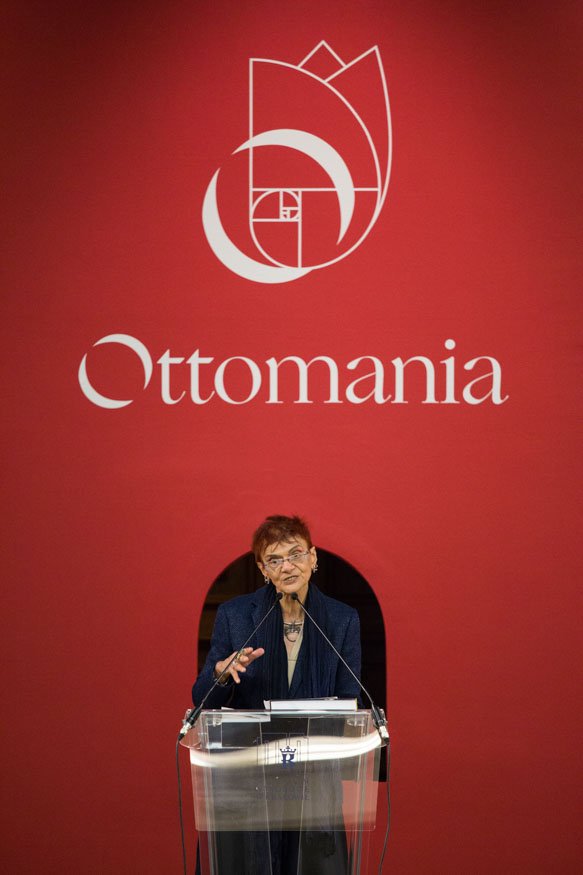
/ photo by Mirosław Żak - Photography Studio, NMK



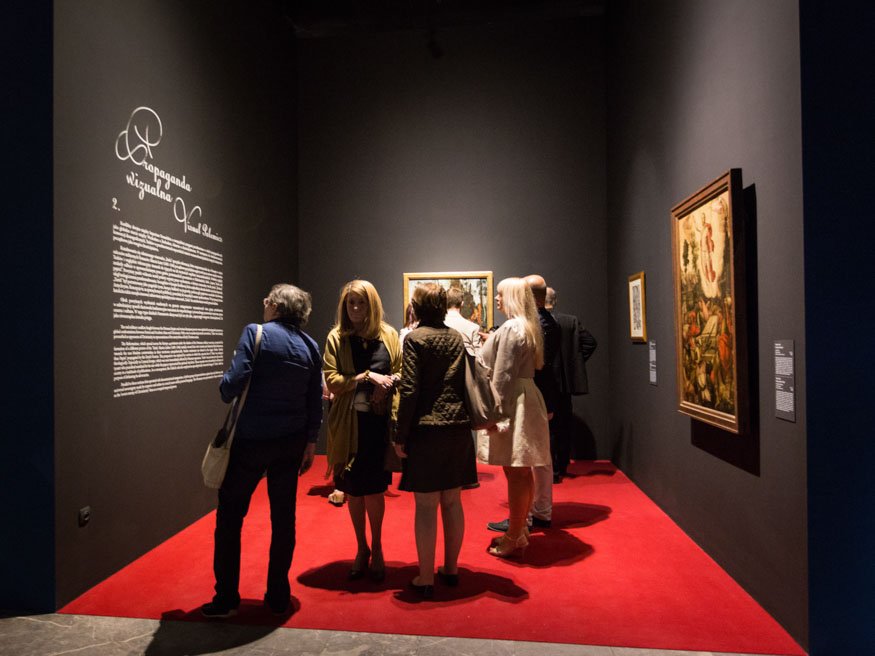
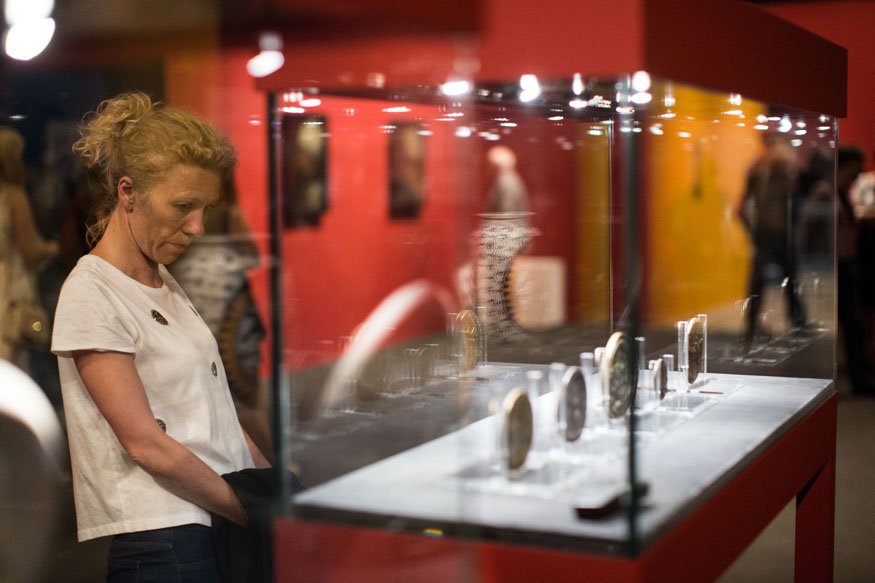

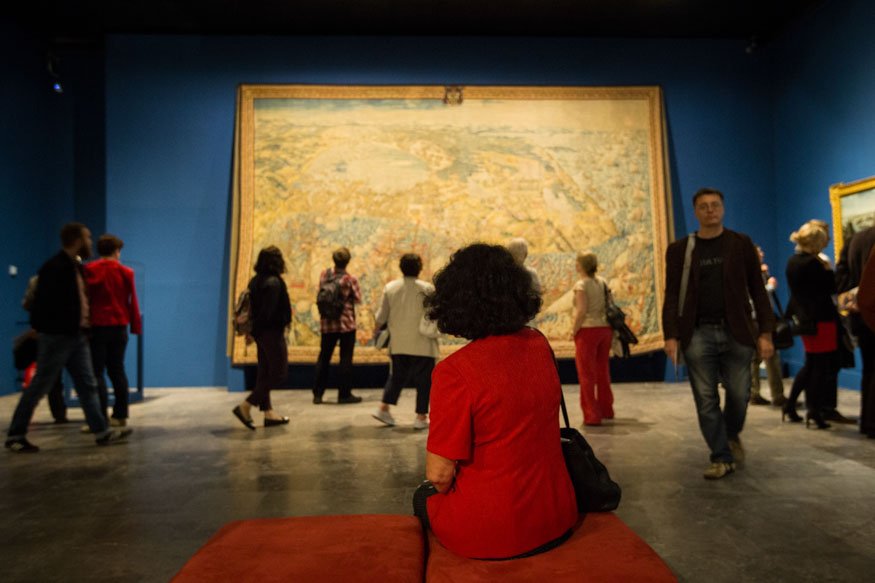


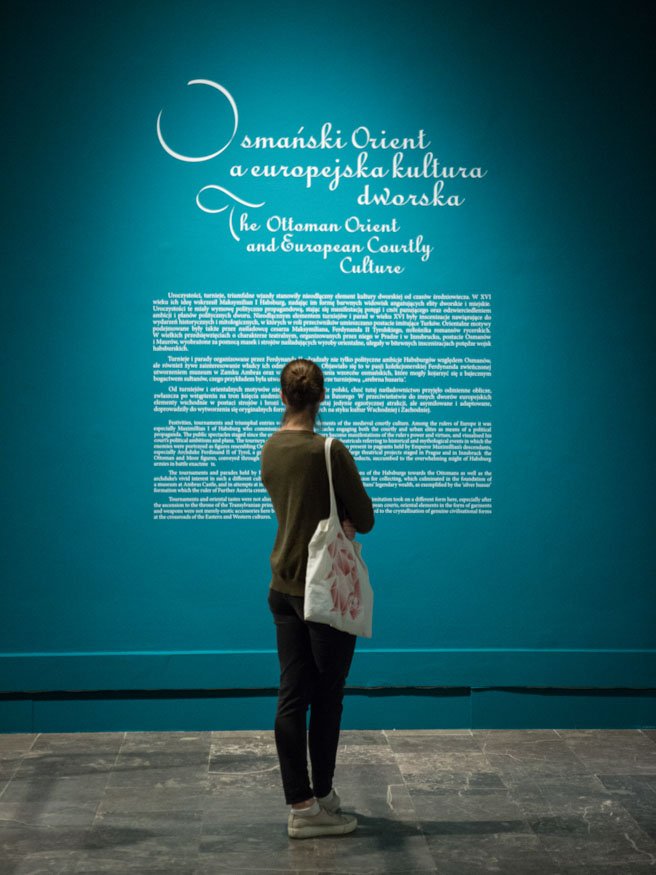















 Curator guide tour of the "Ottomania" - 7
Curator guide tour of the "Ottomania" - 7
 Curator guide tour of the "Ottomania" - 6
Curator guide tour of the "Ottomania" - 6
 Curator guide tour of the "Ottomania" - 5
Curator guide tour of the "Ottomania" - 5
 Curator guide tour of the "Ottomania" - 4
Curator guide tour of the "Ottomania" - 4
 Curator guide tour of the "Ottomania" - 3
Curator guide tour of the "Ottomania" - 3
 Curator guide tour of the "Ottomania" - 2
Curator guide tour of the "Ottomania" - 2
 Curator guide tour of the "Ottomania" - 1
Curator guide tour of the "Ottomania" - 1
 Ottomainia. The Ottoman Orient in Renaissance Art
Ottomainia. The Ottoman Orient in Renaissance Art






